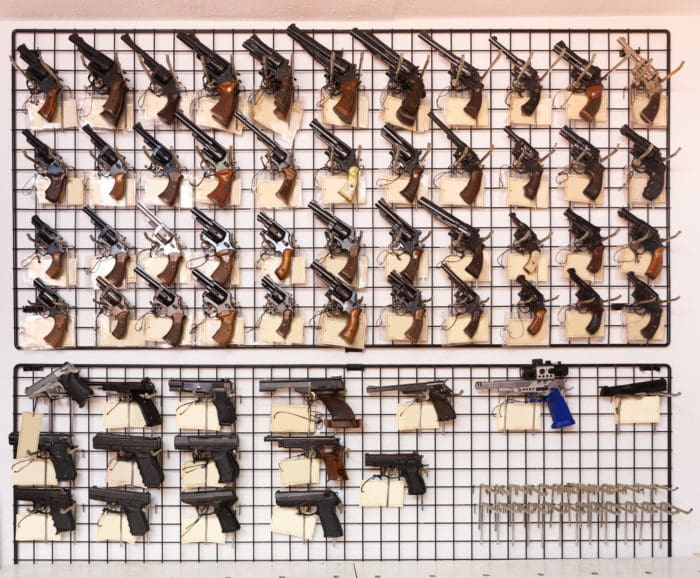As clear as the link between new guns and gun violence appears, the difficulty comes in trying to show a connection to the rise in homicides specifically, as the ATF’s data do not enable the sort of precision researchers would need to confirm that link.
The ATF’s data do not specify time to crime for the subset of firearms that were recovered in homicides; everything is grouped together and cannot be disaggregated. As a result, there’s no way to say for certain that newly purchased guns helped fuel the homicide spike.
Less than 3 percent of the guns traced in the 2020 data set were connected to homicides. Moreover, there is no discernible relationship between where the murder rate rose in 2020 and where more new firearms were recovered and traced: States with large increases in firearm recoveries were no more likely to see an increase in murder than states with small increases in firearm recoveries.
Ultimately, more granular data would be needed to answer with perfect confidence the crucial question of whether new guns lead to more homicides, but there is also no reason to suspect that guns used in homicides differ significantly from guns used in other kinds of crimes.
The ATF’s data are kludgy in part because of legal limitations, specifically a law known as the Tiahrt Amendment. “The Tiahrt Amendment is basically a law that says the ATF cannot provide gun-level trace data to anyone other than the police,” says Cassandra Crifasi, a researcher of gun-violence prevention and policy at Johns Hopkins University. “What that means is that researchers are restricted to the sort of high-level reports that ATF puts out. So we have no idea if the guns used in crime were used by the person who purchased it or if it was diverted to someone else.”
In the former case, laws such as waiting periods and stronger licensure requirements may prevent people who commit crimes from being able to purchase guns; in the latter, more organized anti-trafficking efforts may be needed to dissuade gun buyers from funneling weapons into secondary marketplaces. …
Right now, we know that gun sales rose dramatically starting in March 2020, and that murder—driven by gun murders—increased substantially a few months later. We have strong evidence that more people were carrying guns before murder went up in 2020, and the ATF data tell us that newly purchased firearms were used in more crimes than usual. It stands to reason that new guns helped feed 2020’s murder surge, though the data to confirm this conclusion remains agonizingly out of reach. The data aren’t perfect, but they’re strongly suggestive: More guns are behind America’s murder spike.
— Jeff Asher and Rob Arthur in The Data Are Pointing to One Major Driver of America’s Murder Spike
